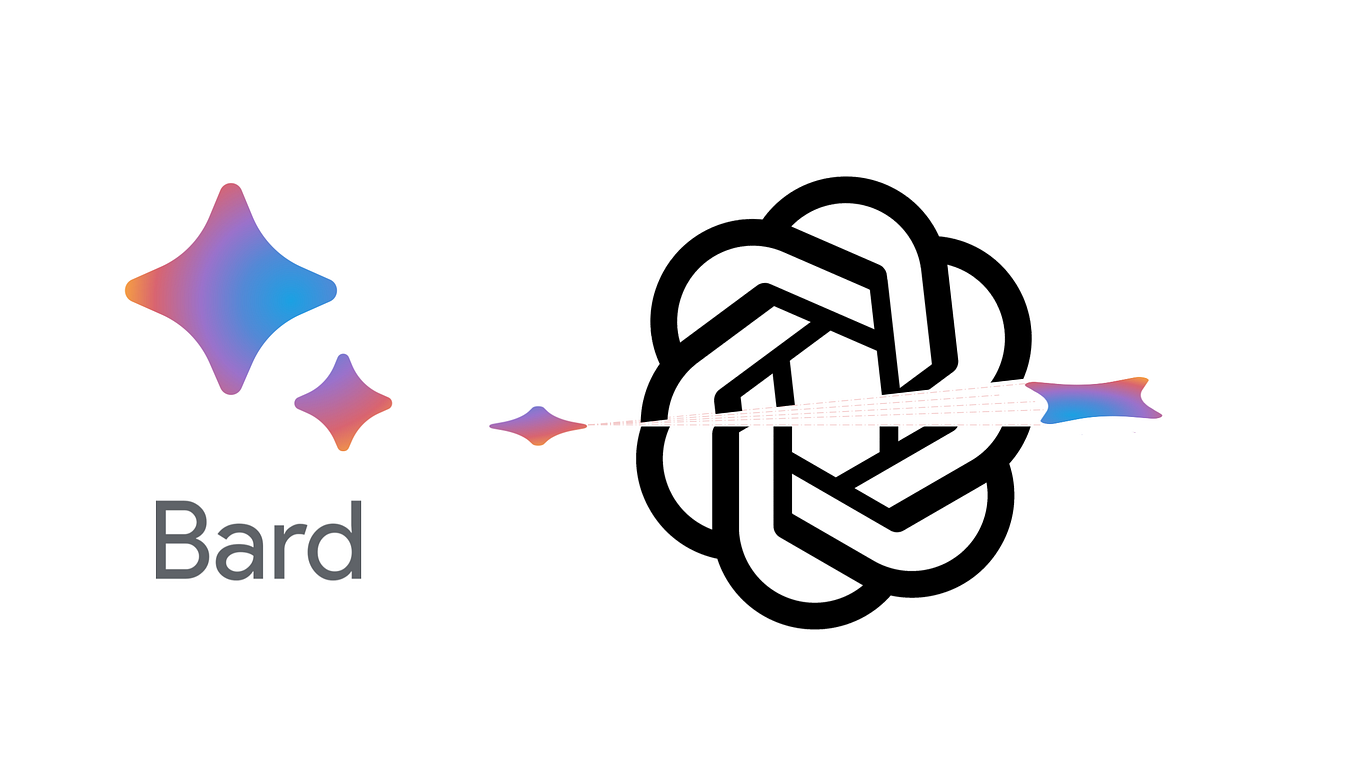BAT is not Brave
--
An evaluation of the Basic Attention Token
Overview
The Brave browser is one of the few success stories of this crypto market cycle. The ad blocking, wallet enabled browser has only gotten better and better as time passes and it’s now almost up to feature parity with major players like Chrome and Firefox.
Prominent influencers such as angel investor Naval Ravikant claim to use it as their primary browser.
A key part of the Brave ecosystem is its native token, the Basic Attention Token(BAT).
High Expectations
According to the BAT whitepaper, BAT is meant to be used as a payment /rev share system in which users and publishers get BAT from an advertiser after they view an ad.
Brave envisions a world in which users use BAT to pay for all kinds of digital services including “high resolution photos, data services, or publisher applications”.
Harsh Reality Settles in
After reviewing BAT’s token model, I have come to a few conclusions:
- General crypto mania coupled with unbridled enthusiasm about the Brave browser has led to wildly inflated valuations of BAT.
- Even in the best case scenario, BAT accrues minimal value long term.
- Even though the price of BAT has fallen significantly(86% since its all time high) during the bear market, it is still significantly overvalued compared to other payment only tokens.
Because of this, I started filling a long term short position in BAT. The purpose of this writing is to explain how I got to these conclusions.
A Favourable Retail Short
Investors get a lot more rational during a bear market. They take a harder look at their portfolios and exit losing positions.
For the first time, it is possible for retail crypto investors to bring rational price discovery to ERC20 tokens like BAT by shorting them.
This is due to the availability of ERC20 token borrowing on Compound Finance and Dharma, both permissionless decentralized lending and borrowing protocols. These protocols have risks associated with them so use them wisely.
The rest of this writing will explain the reasoning behind the short.
Token Analysis
BAT’s Token Economics
BAT is a payment only cryptocurrency. The token economics of payment only tokens all but guarantee they cannot accrue value long term. Much has been written about these payment tokens and the velocity problem.
Here’s the short version: Given the choice, any user of a service would want to pay for that service in the currency they are comfortable with. I.e People taking loans on Ethereum would prefer to pay for them in ETH or DAI.
Payment only tokens force potential users to pay for services in the payment token. This is huge source of friction and represents an enormous hindrance to adoption. Potential users will simply turn to the competition if friction is high.
Even users who persevere through this horrible UX will immediately exchange this token for a currency that they actually value. If there’s no incentive to continue to hold this money, users will exchange it as fast as possible causing downward price pressure.
Take note of the economic forces at play here:
1) Brave, the service company, wants to reduce friction, improve UX and keep users from switching to another browser.
2) Brave is incentivized to remove the token altogether or switch to a currency users actually want to use(such as ETH/DAI).
3) Brave users do not want to hold the token so they sell it immediately, causing downward selling pressure.
ICO issuers have a choice here, between speculators and users.
Other payment only tokens are plagued by this issue. For example, let’s look at Quantstamp, a smart contract auditing company. They did an ICO with their native token, QSP.
QSP is a payment only token used by customers to pay for audits. Turns out Quantstamp had been accepting USD or ETH as payment for audits instead of QSP. Its community was livid.
Quantstamp put out a statement, saying:
“While Quantstamp has accepted QSP, USD, and Ether, the latter two are only accepted for our current offerings and out of client and customer necessity, as not everyone is currently capable of acquiring and using our token,”
Potential Quantstamp customers did not want to acquire their token to pay for services and they likely lost customers to competitors. Brave’s customers, advertisers, will not want to acquire BAT to pay for services.
Quantstamp faced a choice and pragmatically chose their customers over token holders. I expect Brave to do the same.
QSP is worth $0.015 at the time of this writing(12/12/2018). The circulating supply of QSP is ~600K, almost half of BAT’s.
Yet BAT is currently trading at 10 times the value of QSP.
Macro Environment
The regulatory environment in the US has become increasingly hostile to ICO issuers. The SEC has recently taken action against 2 ICO issuers for failing to register as securities offerings and they’ve shown no sign off slowing down.
This hostile regulatory environment is a mine field for ICO issuers like Brave.
On the one hand, they can claim their ICO token is a payment only token, more like airline miles or credits than a security. But by that definition, these “airline mile tokens” are inherently not valuable.
Again, ICO issuers face a choice, this time between token holders and regulators.
Conclusion
Brave is an innovative product that creates value for their users. Malicious and intrusive ads are a real pain point for users and Brave is solving that problem with smart ad blocking.
BAT, on the other hand, is simply a fund raising tool that Brave used during the speculative bubble of 2017.
As the market matures and becomes more rational, payment only tokens like BAT will go to 0.






